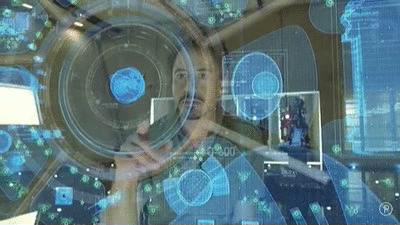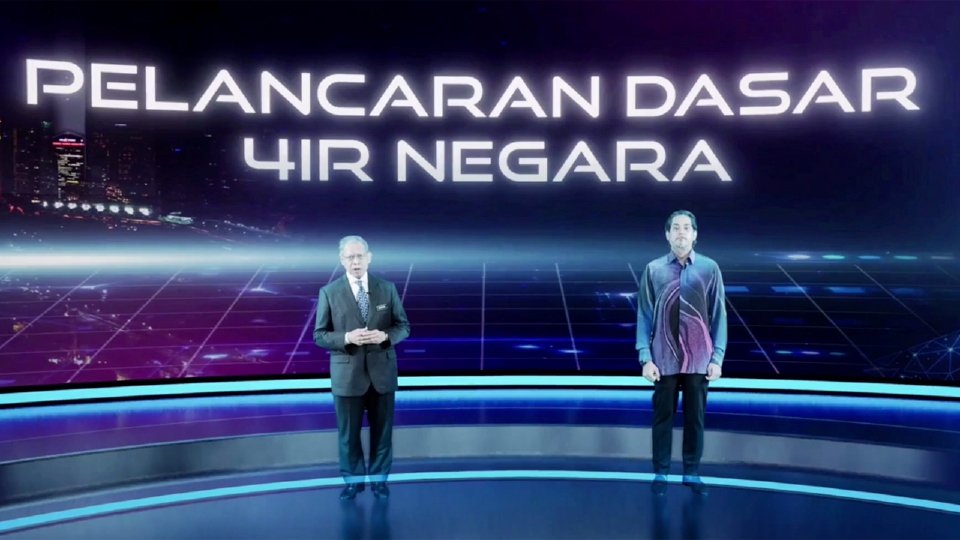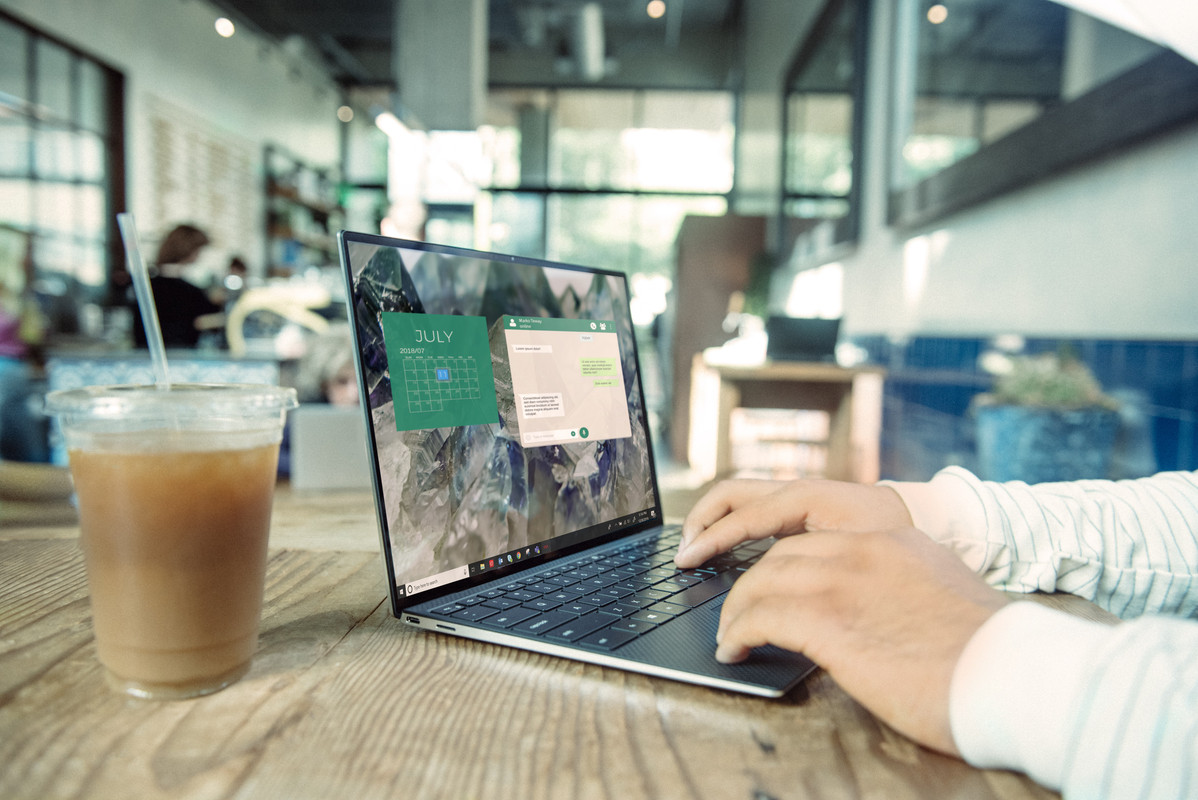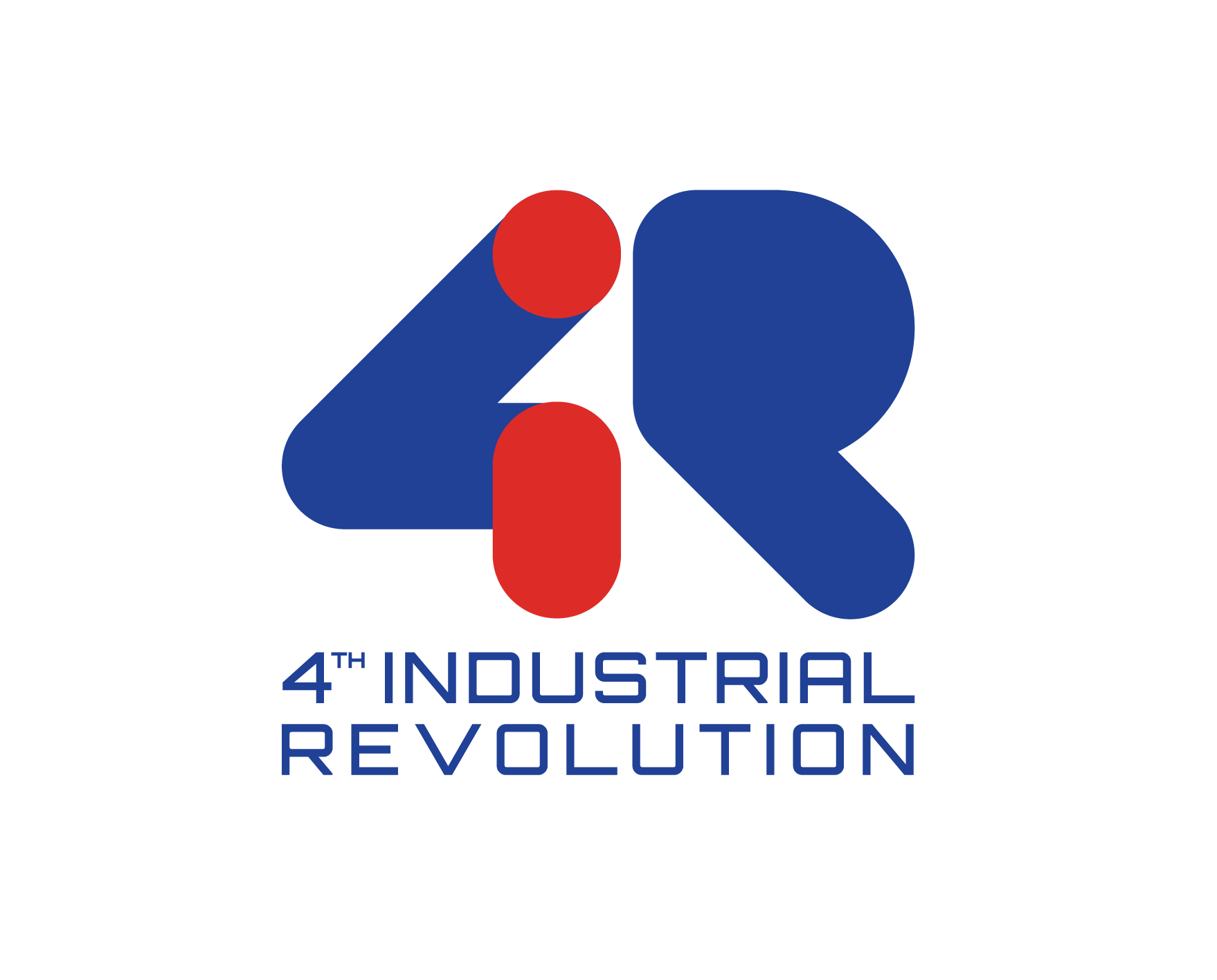The Government Introduces The National 4IR Policy. Here's What It Is & How It Affects You
The National 4IR Policy aims to transform Malaysia into a high-income nation using technology and digitalisation.
Have you heard of the 4th Industrial Revolution, a.k.a. the age of connectivity, artificial intelligence (AI), robots, and other technologies?
It may seem like something far into the future, but did you know we're already living in it right now?
The 4th Industrial Revolution (4IR) is the current and developing environment, where we're seeing all kinds of disruptive technologies changing the way we live and work.
Not only is it being powered by connectivity and other emerging technology, we are continuing to see many breakthroughs in the physical, digital, and biological spheres.
Like it or not, the 4IR will affect you from now onwards, especially if you're a teenager or young adult.
To help prepare young Malaysians for the future of digitalisation, the government has come up with the National 4IR Policy
On 1 July, Dato' Sri Mustapa Mohamed, Minister in the Prime Minister's Department (Economy), and Khairy Jamaluddin, Minister of Science, Technology and Innovation (MOSTI), jointly launched this new national policy on the 4th Industrial Revolution.
The main aim of the National 4IR Policy is to transform Malaysia into a high-income nation with the use of technology and digitalisation.
"The National 4IR Policy will help upskill Malaysian workers, which will catapult society towards having higher incomes overall, in line with our target to become a high-income nation," shared Mustapa.
Who will benefit from this policy?
1. Society
With the advancement of the 4IR in Malaysia, the rakyat will be the ones to benefit from it the most, whether it's better work-life balance, greater convenience, safety and security, or job transformation.
2. Businesses
Thanks to the 4IR, businesses will become more productive, competitive, and innovative in what they can offer to consumers.
3. Government
Ultimately, a technologically-enabled government will provide more efficient, effective, and modernised public services. That means more automation and less waiting time for us.
1. AI
AI is the simulation of human intelligence processes by machines, especially computer systems. In simple terms, AI helps us accomplish complex tasks in way less time.
Applications of AI in real life:
- Smarter robotics, including robot vacuums and virtual assistants like Amazon's Alexa
- Automation of work processes or technology like self-driving cars
- E-commerce, using AI to predict what customers are more likely to buy
2. Internet of Things (IoT)
IoT devices are everyday objects that are connected to the Internet. For instance, a watch can tell time, but a smartwatch connected to the Internet can tell the weather, take a call, and monitor your health.
Applications of Internet of Things in real life:
- Smart homes, where you can control the lighting, air-cond, and any appliance with just a tap
- Smart farms, which use IoT sensors to monitor soil moisture, nutrients, and more
- Smart energy grids that use smart meters to inform users about their energy consumption patterns
3. Blockchain
Blockchain is a technology that records information in such a way that it is difficult, if not impossible, to change, hack, or cheat. While its most common application is for cryptocurrencies, there are many other use cases.
Applications of blockchain in real life:
- Cryptocurrencies like Bitcoin use blockchain to transfer digital money efficiently and securely
- Malaysia's digital vaccination certificates are secured by blockchain technology
- Logistics companies use blockchain to track goods and supply chain digitally in real-time
4. Cloud Computing and Big Data Analytics
Cloud computing allows users to store data or use computing power on the cloud. If you use collaborative work platforms like Google Docs or Microsoft Office Online, you're already using a form of cloud computing.
Applications of cloud computing in real life:
- Big data analytics, which uses cloud computing to sift through terabytes or zettabytes of data
- Cloud storage allows you to store media online without needing a thumbdrive or hard drive
- Social media is actually a form of cloud computing, where people share information on a shared platform
5. Advanced Materials and Technologies
Advanced materials and technologies allow us to build better building infrastructures, reduce waste, and be more sustainable.
Applications of advanced materials and technologies in real life:
- Graphene is a lightweight material 200 times stronger than steel, allowing for new building shape designs
- Emerging battery and biotechnologies offer new ways to generate renewable energy in cities
- Self-healing concrete and biomimicry can help buildings withstand earthquakes
While all of this may seem complicated and daunting, we can take small, practical steps to prepare ourselves for this evolving world
Technology will keep moving forward, and what we can do is to embrace it bit by bit. Whether it's taking an online course on new digital tools, or reading up more on emerging technology, all of us can do our part in making sure Malaysia keeps up with digitalisation.
To find out more about the National 4IR Policy, follow the Economic Planning Unit Prime Minister's Department (EPU) on Facebook
Or, keep up with the latest news by visiting the Ministry of Science, Technology and Innovation (MOSTI)'s Facebook page.








